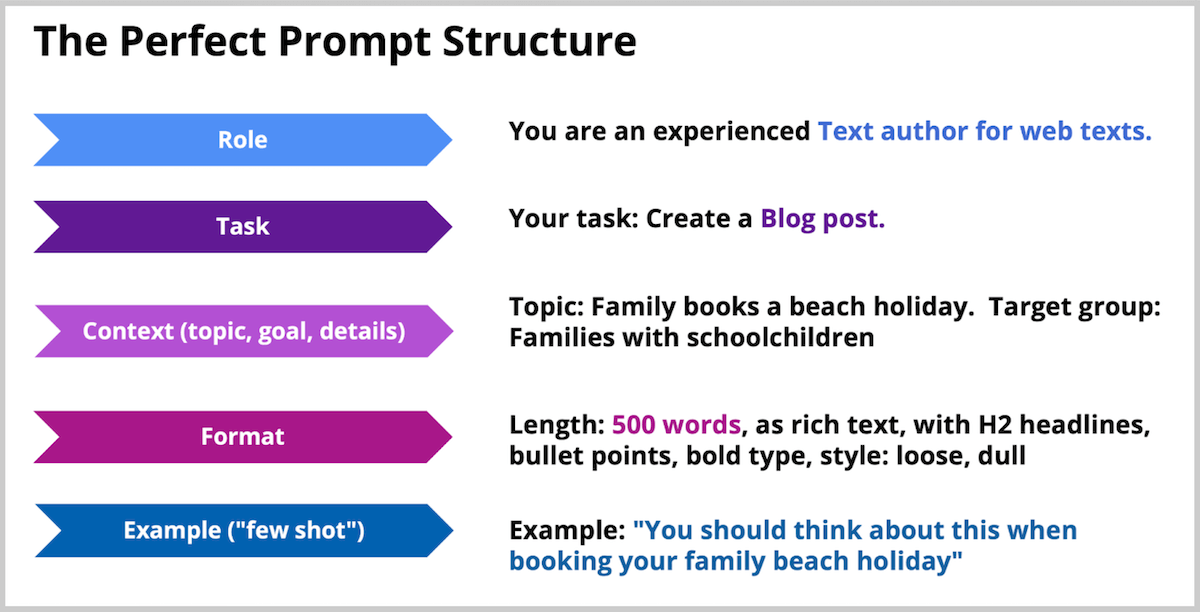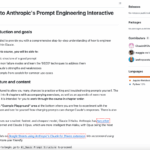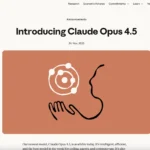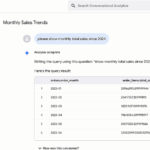Crafting Effective Prompts when will lead to better results with generative AI solutions like ChatGPT, Gemini and Claude. This tutorial teaches you the basics of Prompt Engineering.
What is Prompt Engineering?
Prompt engineering is the practice of designing inputs that guide AI to deliver better and more relevant outputs. By applying a few core techniques, you can drastically improve the quality of your interactions with tools like ChatGPT, Claude, or Gemini. Here are some more techniques you can use.
Technique: Chain of Thought Prompting
For complex reasoning, ask the AI to “think step by step”. This results in more accurate and logical answers. This approach is especially useful for Math problems, Logical reasoning, Code debugging. Modern LLMs like GPT-4o already include a reasoning phase in their response, but you can always experiment with more advanced chain-of-though prompting attempts (e.g. “tell me every detail”). There is still much more to learn of how LLMs work.
Example: “Let’s solve this step by step. A train leaves station A at 9:00 AM traveling 60 km/h…”
Technique: Use Constraints
Set boundaries to control output format, tone, or length. This helps avoid generic or overly verbose answers.
Useful Constraints:
- Word count: “Limit to 100 words.”
- Format: “List as bullet points.”
- Style: “Use casual, friendly language.”
Example: “Summarize this article in 5 bullet points, using plain English.”
Technique: Use Templates to Reuse Successful Prompts
Once you find a prompt format that works, turn it into a reusable template. You can adapt this for writing, coding, learning, research, or even personal productivity.
Example Template: “You are a [role]. Your task is to [task]. The topic is [topic]. Target audience: [audience]. Format the output as [format]. Tone: [tone].”
Technique: Use Follow-Up Prompts
If the initial output isn’t perfect, don’t start over—iterate. This interactive process leads to high-quality final results.
Follow-up Prompts You Can Use:
- “Make it more concise.”
- “Add an example to explain this better.”
- “Rewrite it with a more humorous tone.”
Additional Ways to Improve LLM Accuracy
Prompt engineering is just one of several ways to improve AI quality. Other options include choosing the right LLM, using a system with RAG (Retrieval-Augmented Generation) technology, or improving the model through fine-tuning. This article on LLM Accuracy Optimization (OpenAI) provides a good overview.
Principles of Good Prompt Writing
The quality of ChatGPT’s (or any other AI chatbots) responses largely depends on the quality of the prompts you provide. Learning to craft effective prompts is perhaps the most important skill for getting the most value from the system. Effective prompts are clear, specific, and provide sufficient context for ChatGPT to understand exactly what you’re asking for.
When formulating your prompts, be explicit about what information you need and how you want it presented. Rather than asking vague questions like “Tell me about climate change,” a more effective approach would be “Explain the three most significant causes of climate change and their potential long-term impacts on agriculture.” The more specific you are, the more tailored and useful ChatGPT’s response will be.
Another important principle is breaking down complex requests into manageable parts. If you need information on a broad or multifaceted topic, consider asking a series of focused questions rather than a single comprehensive one. This approach often yields more detailed and organized information that better serves your needs.
The Perfect Prompt Structure
A well-structured prompt helps ensure that ChatGPT understands your request clearly and generates responses that align with your expectations. One effective approach is to follow a structured format that includes key elements such as role, task, context, format, and examples. This method, as illustrated in “The Perfect Prompt Structure”, ensures that your prompts are precise and yield high-quality results.

1. Define the Role
Assigning a specific role to ChatGPT helps tailor its responses to a particular expertise or writing style. For example, instead of a generic request, you can specify:
✅“You are an experienced text author for web texts.”
By defining the AI’s role, you guide it to respond in a manner suitable for your needs—whether you want formal business writing, casual blog content, or technical documentation.
2. Specify the Task
Be explicit about what you need ChatGPT to do. Rather than asking vaguely for “a blog post,” structure it like this:
✅“Your task: Create a blog post.”
This makes it clear that the expected output is an article rather than, say, a bullet-point summary or an outline.
3. Provide Context and Details
Context helps shape the response to be more relevant to your target audience and objective. Adding these details allows ChatGPT to generate content that speaks directly to the intended readers and aligns with the purpose of the request. Include details such as:
✅ Topic: “Family books a beach holiday.”
✅ Target Audience: “Families with schoolchildren.”
4. Specify the Format
Clearly defining the expected structure ensures the output matches your desired style. Here, the length, text formatting, and tone are specified, guiding ChatGPT to produce an output that fits the given constraints.
✅ Example: “Length: 500 words, as rich text, with H2 headlines, bullet points, bold type, style: loose, dull.”
5. Provide an Example (“Few-Shot Prompting”)
Give ChatGPT an example, of how you would like the output to be. Examples help AI understand the preferred structure, style and tone. This so called “few-shot” approach shows ChatGPT what kind of phrasing or structure is expected, improving the relevance of its output.
✅ Example: “You should think about this when booking your family beach holiday.”
By following this structured approach, you can make the most out of ChatGPT and other AI chatbots, whether for writing content, answering technical queries, or brainstorming creative ideas.
Good Prompting needs Practice and Experimentation
The key to mastering ChatGPT and AI prompting is consistent practice and experimentation. Try different types of prompts, explore various topics, and test different approaches to see what works best for your specific needs. The more you interact with the system, the better you’ll understand its capabilities and limitations.
Don’t be afraid to experiment with unconventional requests or creative applications (e.g.: “You are Albus Dumbledore from Harry Potter. Help me understand Economics and make it feel like magic.”). Some of the most valuable uses of ChatGPT have emerged from users exploring its capabilities in unexpected ways. Keep track of particularly effective prompts or techniques, and build your own personal library of approaches that yield the best results for your regular tasks.
Don’t give up if the AI results don’t instantly match your expectations. Using generative AI will be a top skill in the next decade. AI will constantly get better and you will constantly improve your skills in using AI even if it still has flaws. Here is what you can focus on:
|
Next Steps: Where to Learn More
For continued learning, explore these resources. Use these to deepen your skills and stay up to date with new prompt techniques.
-
🧠 OpenAI’s Prompt Engineering Guide:
https://platform.openai.com/docs/guides/prompt-engineering -
🧰 Prompt Engineering Guide (Community-driven):
https://www.promptingguide.ai/







